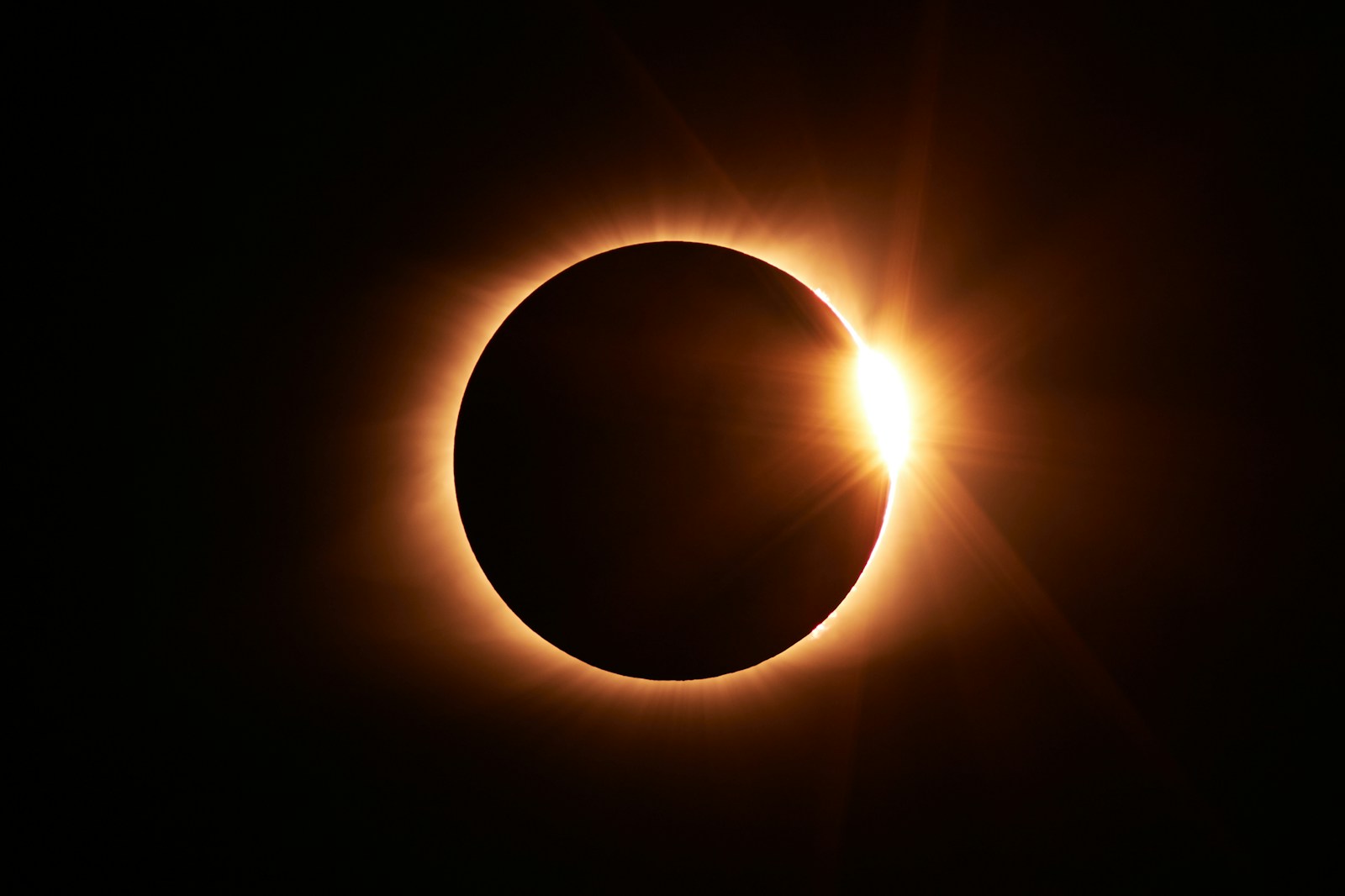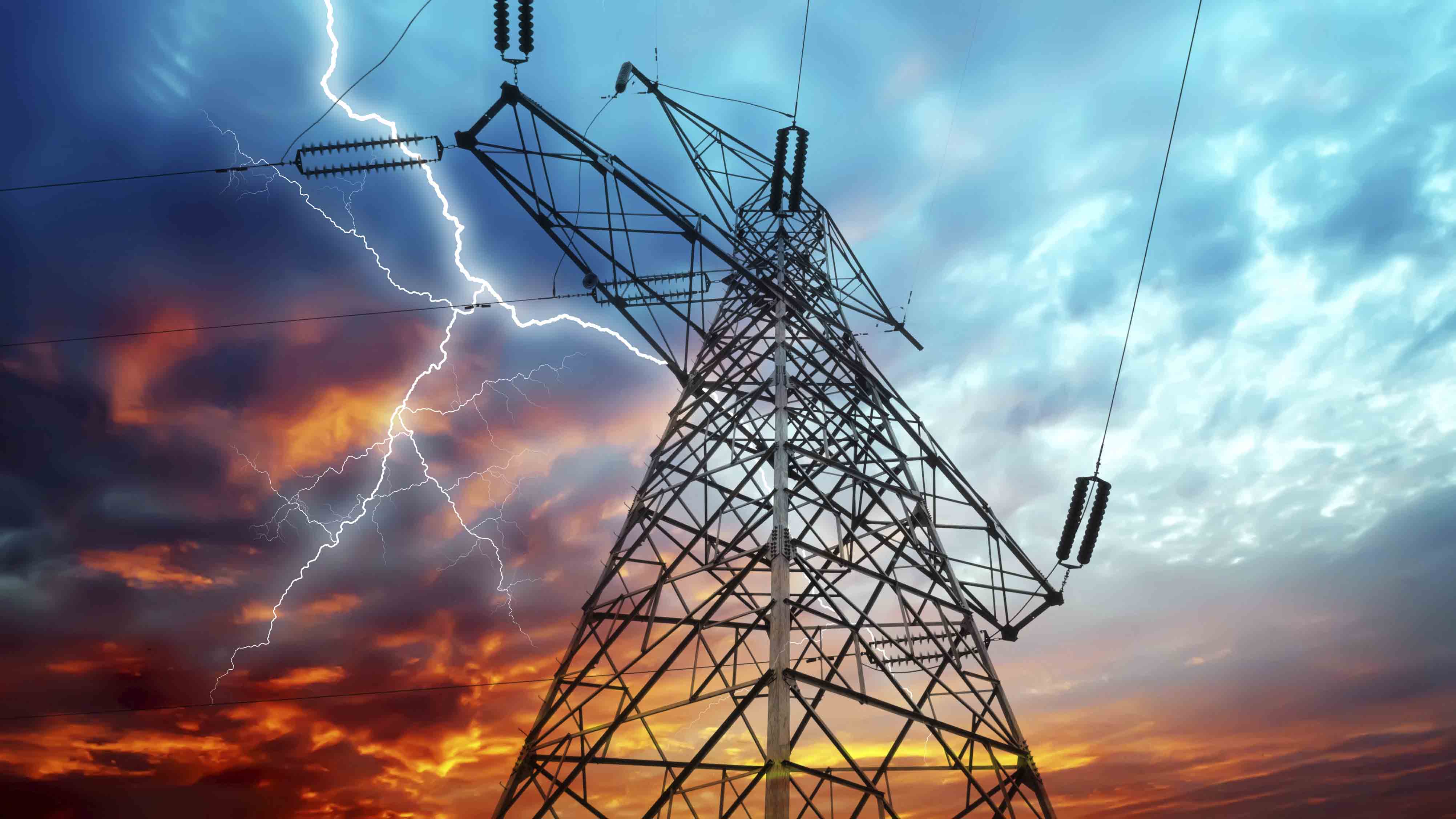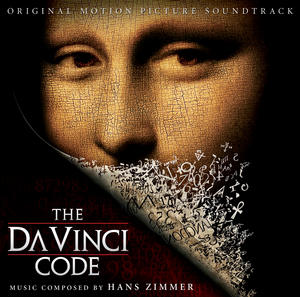Imagine physics as a vast, uncharted universe full with mysteries that defy our current understanding. There is something so strange about our universe that has fascinated scientists for more than fifty years. This phenomenon is called the Allais effect, which foreshadows the mysterious actions of gravimeters and pendulums seen during the bizarre moments of a solar eclipse. The exploration of the depths of the Allais effect starts in the middle of the 20th century, thanks to the perceptive observations of French polymath Maurice Allais, whose research endeavors covered a wide range of subjects. He did, however, find an anomaly that would call into question the foundation of gravitational theory because of his fascination with the physical world.
The Allais Effect: Mysterious and Controversial
The scene is set during the June 30, 1954, solar eclipse, when Allais documented an unusual precession of a Foucault pendulum’s plane of oscillation. This observation wasn’t the only one. Allais used the paraconical pendulum he created to observe a similar phenomenon during another solar eclipse in October 1959. These discoveries, which remain a mystery in the universe, brought Allais recognition from the U.S. Gravity Research Foundation and the French Astronautical Society’s 1959 Galabert Prize. Not only is the Allais effect a fascinating and mysterious phenomenon, but it has also generated a lot of disagreement and discussion among scientists.
According to the Allais effect, when pendulums or gravimeters are exposed to an eclipse’s shadow, their behavior changes noticeably. The ‘dynamic character’ of these effects was highlighted by Maurice Allais, who distinguished them from simple aberrations that could be explained by conventional gravitational theory. Rather, these data pointed to a dynamic phenomenon that was connected to the weight’s fluctuation in the space swept by the pendulum rather than its intensity. This discovery suggested a gravitational anomaly, a departure from reality that was difficult to explain by accepted theories.
Even if the first results were intriguing, it hasn’t been easy to comprehend the Allais effect. Attempts by scientists worldwide to confirm Allais’ observations have produced a patchwork of findings that range from confirmation to uncertainty. During a 1961 solar eclipse, Romanian physicist Gheorghe Jeverdan and others noticed what became known as the Jeverdan effect, which led to theories based on the Moon’s interaction with the Sun’s gravitational field. The gravitational status quo was further called into question by tests conducted by Erwin Saxl and Mildred Allen during the 1970 solar eclipse, which revealed significant abnormal shifts in a torsion pendulum’s period.
Pendulum tests have not been the only use of the Allais effect’s fascination. Gravimeters and atomic clocks, which are instruments closely related to gravity, have also been observed. The mystery was further complicated by experiments carried out during solar eclipses in China, India, and China again that revealed notable abnormal gravitational effects. Additionally, joint attempts during early 21st-century solar eclipses by teams from Romania and Ukraine found inexplicable disruptions that supported the idea that a phenomenon was at work, one that is beyond the current knowledge of science.
There were steps that led to skepticism for each step that was taken in the direction of confirmation. Not every experiment matched the expected anomaly. Examples of conflicting or unfavorable outcomes raise doubts about the Allais effect. Similar setbacks occurred during the solar eclipses of 1990 and 1999. For instance, Louis B. Slichter’s use of a gravimeter during a solar eclipse failed to detect any accompanying gravitational signal. These contradictory findings have fostered a contentious environment where the validity of the Allais effect hovers just beyond the realm of scientific consensus.

The Allais Effect: the Quest for Understanding
It becomes clear that the Allais effect is more than just unusual pendulum swings as we dig deeper into the core of this scientific investigation. It exemplifies the spirit of inquiry and the unrelenting quest for knowledge that characterize scientific efforts. Solving the Allais effect is evidence of the secrets that will be revealed, testing our knowledge and broadening the use of our current theories. We will continue to examine the broad outlines of this conversation, the theories put out, and the continuous endeavor to get a better comprehension of the underlying forces of the universe in the sections that follow.
The disagreement surrounding the Allais effect calls into question not only the phenomenon but also the fundamentals of physics and our comprehension of gravity. It highlights the importance of objective research and the readiness to challenge accepted standards, which challenges conventional wisdom and promotes a more complete discussion among scientists. The spectrum of experimental findings, from doubt to confirmation, has created a complex and rich narrative that perfectly captures the variety of scientific inquiry and interpretation.
Another of the underlying aspects of the Allais effect is the idea of experiment replication and searching for consistency in observation. Indeed, the mixed results obtained from experiments in different parts of the world remind one of all the several problems that are usually encountered while trying to catch and then study subtle phenomena that usually appear to be elusive. Such efforts, marked by triumph and failure in equal measure, mirror the dynamic and sometimes evolving aspect of scientific inquiry, where every answer brings about new questions.
Curiosity and persistence are veritable hallmarks of the scientific community’s quest to understand the Allais effect. It epitomizes the spirit of exploration and a quest to unravel the mysteries of the universe, however unreachable they may appear. The pursuit in this quest is not essentially to solve a scientific puzzle but, rather, a drive to extend the frontiers of knowledge and enlarge one’s perception of the world of nature.
The journey of revelation concerning the secrets of the Allais effect would continue over the years, and one hopes that experiments and research to come will still shed light on this phenomenon. However, by doing so, it bequeaths the universe of scientific discovery to us with a challenge vast, open possibilities lie ahead and beckon to move further on, to ask more questions, and dream of new marvels surrounding our universe. The Allais effect remains, in all its controversy and intrigue, one fascinating chapter in the annals of science, a beacon of mystery that still fires the imagination of those who dare look beyond the horizon.
Related posts:
Allais effect
Link between Allais Effect and General Relativity’s Residual Arc during Solar Eclipse
Modified Theory of Relativity (Part 2). The Allais Effect Solved



